Add: No. 292, Cangling Road, Huzhen Town, Jinyun County, Lishui City, Zhejiang Province, China
Phone: +86-18857946688
+86-579-87236298
E-mail: [email protected]
[email protected]
When working with power tools, it's important to understand the differences between similar-looking devices. Two commonly confused tools are the lithium-ion impact wrench and the standard drill. Although they may appear similar, each has distinct features, functions, and intended uses. Choosing the right tool depends on the task at hand and understanding how they operate.
A lithium-ion impact wrench is designed primarily for high-torque applications. It uses a hammering mechanism to deliver strong, sudden bursts of rotational force. This makes it highly effective for loosening or tightening large bolts, nuts, or fasteners, especially those that are rusted or over-tightened. The lithium-ion battery enables cordless operation, which adds convenience and flexibility during use, especially in construction or automotive settings.
In contrast, a standard drill is typically used for drilling holes and driving screws into various materials such as wood, metal, or plastic. While some drills come with a torque adjustment feature, they are not intended for high-resistance fasteners. They offer continuous rotational force rather than the pulsing action provided by an impact wrench.
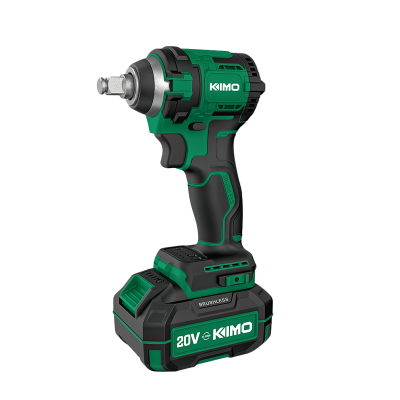
One of the biggest differences lies in torque. A lithium-ion impact wrench delivers significantly more torque than a drill. This high torque is beneficial for heavy-duty work, such as removing lug nuts from a vehicle or assembling steel structures. Drills, even those powered by lithium-ion batteries, are better suited for lighter tasks like installing shelves or putting together furniture.
Another point of distinction is the type of chuck or bit holder. A lithium-ion impact wrench usually comes with a ½-inch square drive, designed to fit sockets used in automotive or mechanical applications. On the other hand, drills are commonly equipped with a three-jaw chuck that holds various sizes of drill bits or screwdriver heads. This difference determines which accessories and attachments can be used with each tool.
The internal mechanisms of each tool also set them apart. Drills rely on a straightforward gear system to rotate the bit at a consistent speed. In contrast, a lithium-ion impact wrench features an internal anvil and hammer mechanism that stores energy and releases it in powerful bursts. This design allows the tool to deliver high torque without requiring as much effort from the user.
Noise and vibration levels can also differ. A lithium-ion impact wrench tends to produce more noise and vibration due to its impact mechanism. While this may be less comfortable over extended periods, it reflects the tool’s ability to handle more demanding tasks. Drills usually operate more quietly and with less vibration, making them preferable for indoor or detailed work.
In terms of battery power, both tools benefit from lithium-ion technology. These batteries are known for being lightweight, having a longer life cycle, and offering faster recharge times compared to older battery types. This makes cordless versions of both the drill and lithium-ion impact wrench more convenient for users who need mobility and consistent performance.
To summarize, the lithium-ion impact wrench and the drill serve different purposes despite some similarities. The impact wrench excels in high-torque, heavy-duty tasks and is commonly found in mechanical and automotive applications. The drill, by comparison, is more versatile for day-to-day drilling and fastening tasks. By understanding the differences in torque, mechanism, battery use, and application, users can choose the suitable tool for their specific needs.
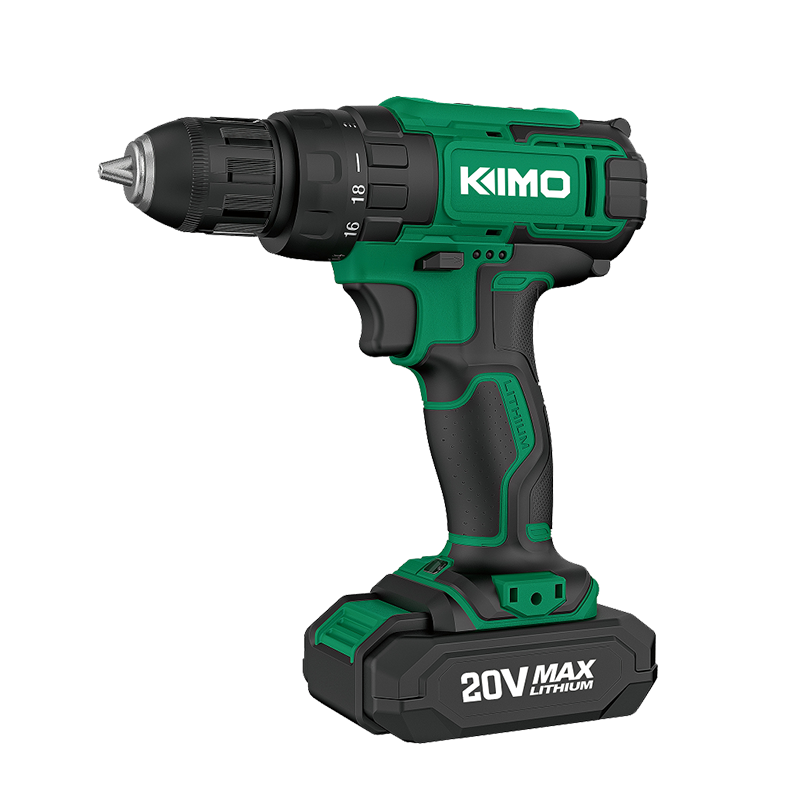
Double speed Available range: screw mounting, wood drilling, metal drilling, porcelain drilling
View More
1. 13mm full metal chuck 2. Can be used for tile, wall, concrete
View More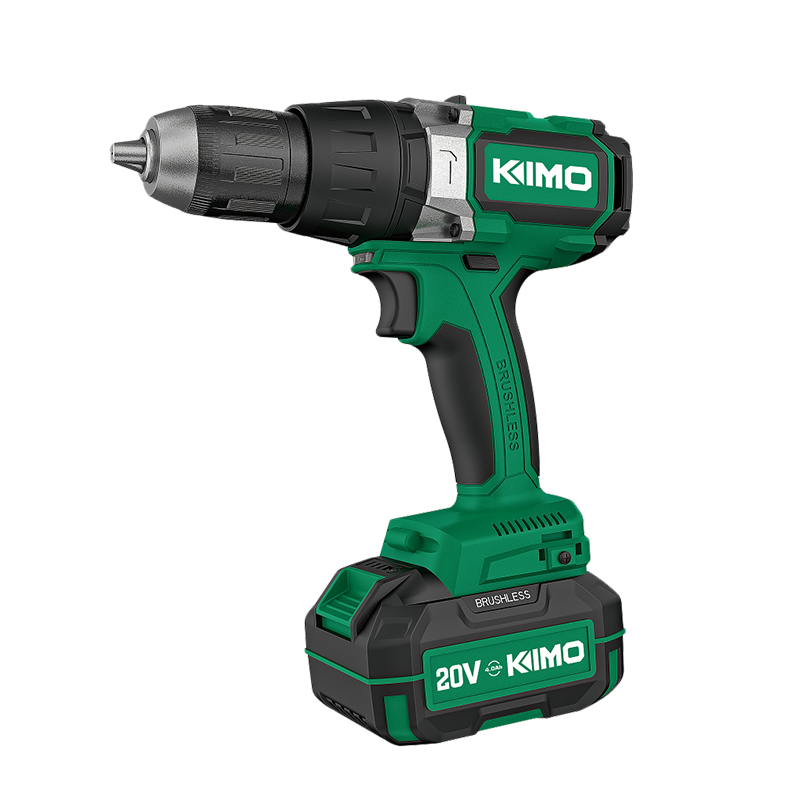
1. Super high torque industrial grade impact drill 2. Can increase the use of auxiliary handle 3. Ca...
View More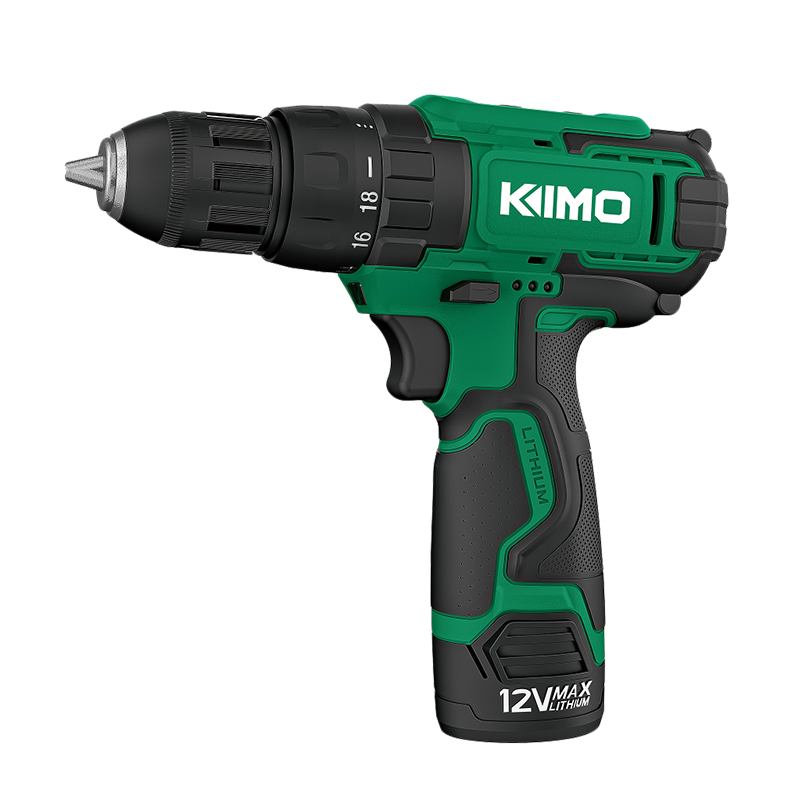
Home DIY, double speed Scope of application: screw installation, wood drilling, metal drilling
View More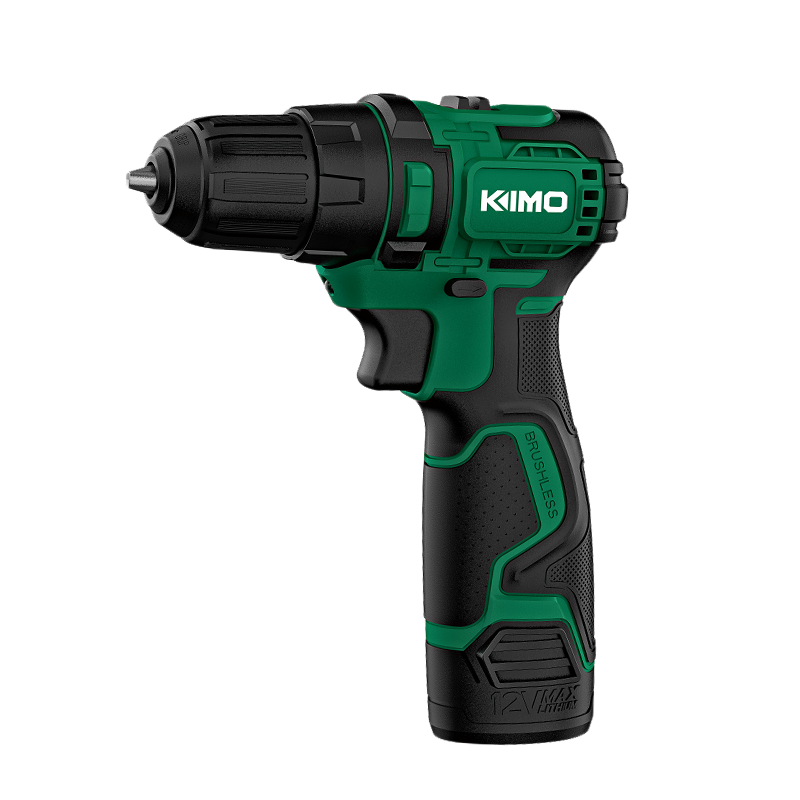
Brushless motor, compact body● Flat drilling: suitable for drilling wood, metal, aluminum, tile/glas...
View More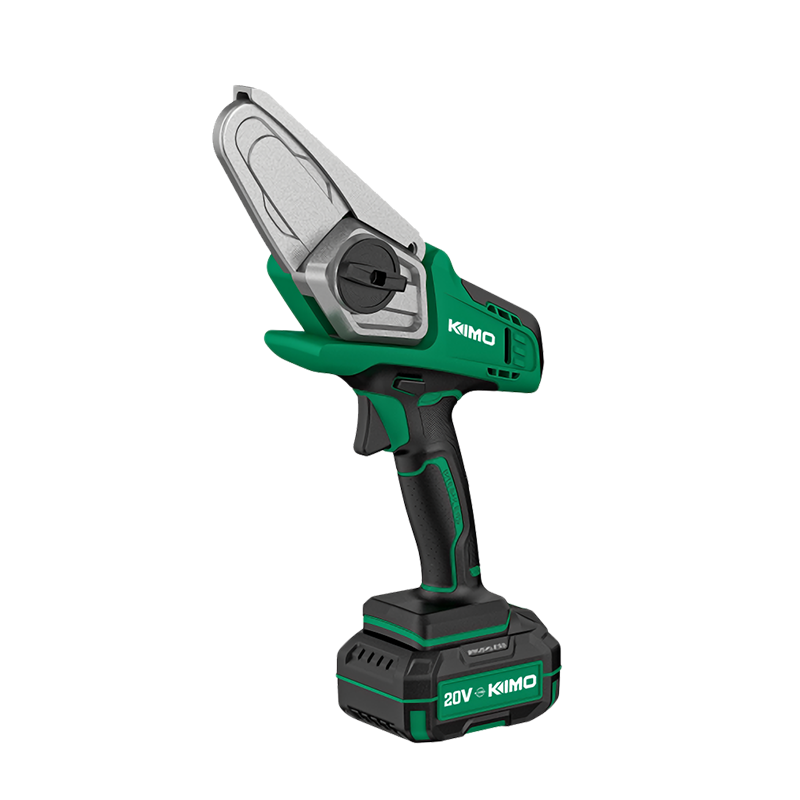
Electric chain saw for home use Available range: tree pruning, logging sawing, panel cutting, bambo...
View More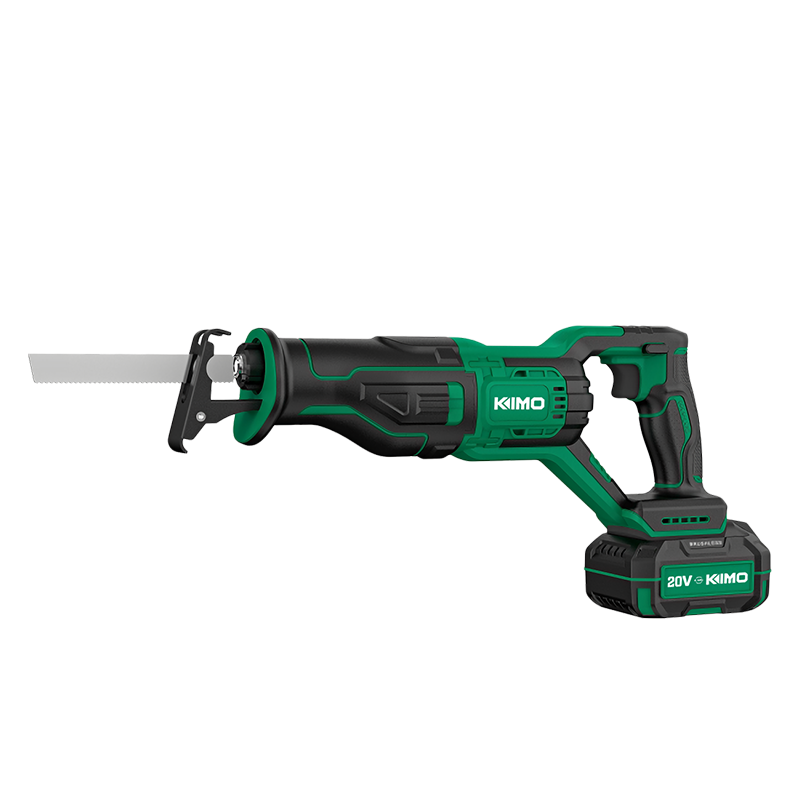
Applications: cutting wood, cutting pallets, cutting steel, cutting large plastic pipes, cutting bon...
View More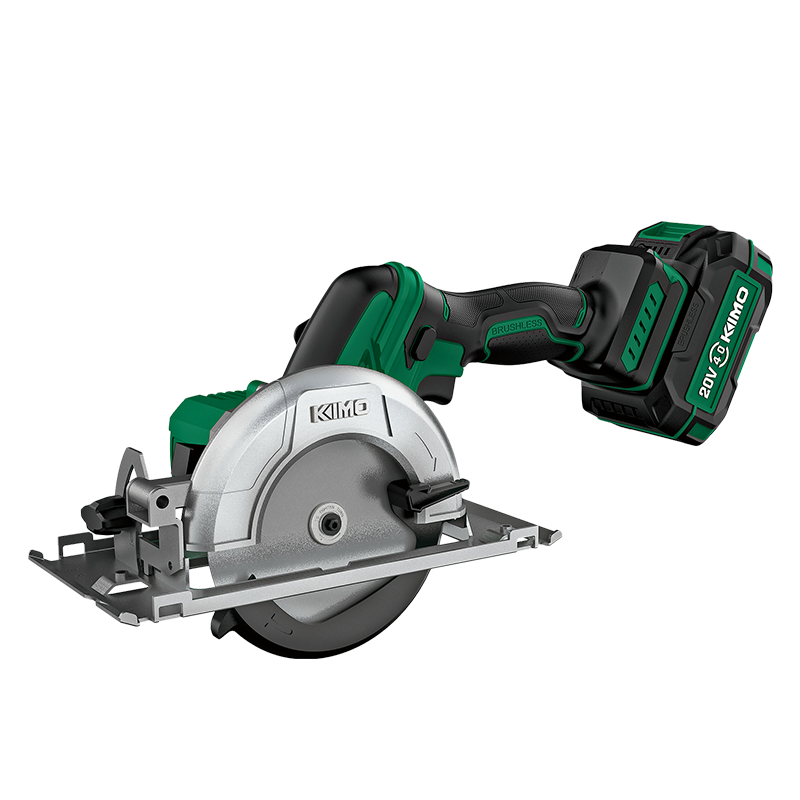
Brushless circular saw, the difference with 26805 is the cutting depth, 26809 (52MM), 26805 (55mm) ...
View More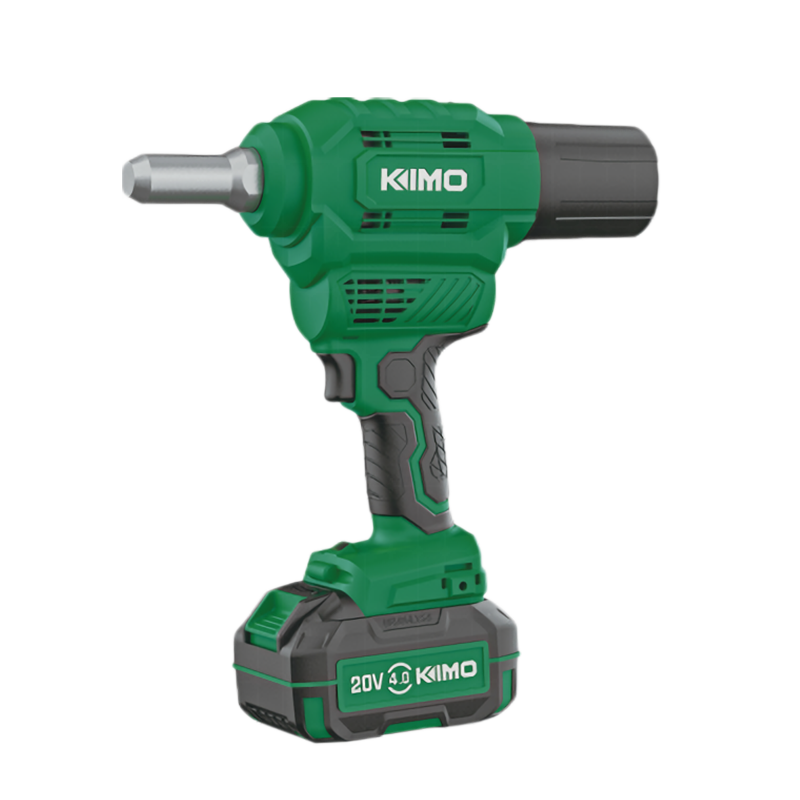
Application:Rivet fastening of aluminum profiles, hardware, etc.
View More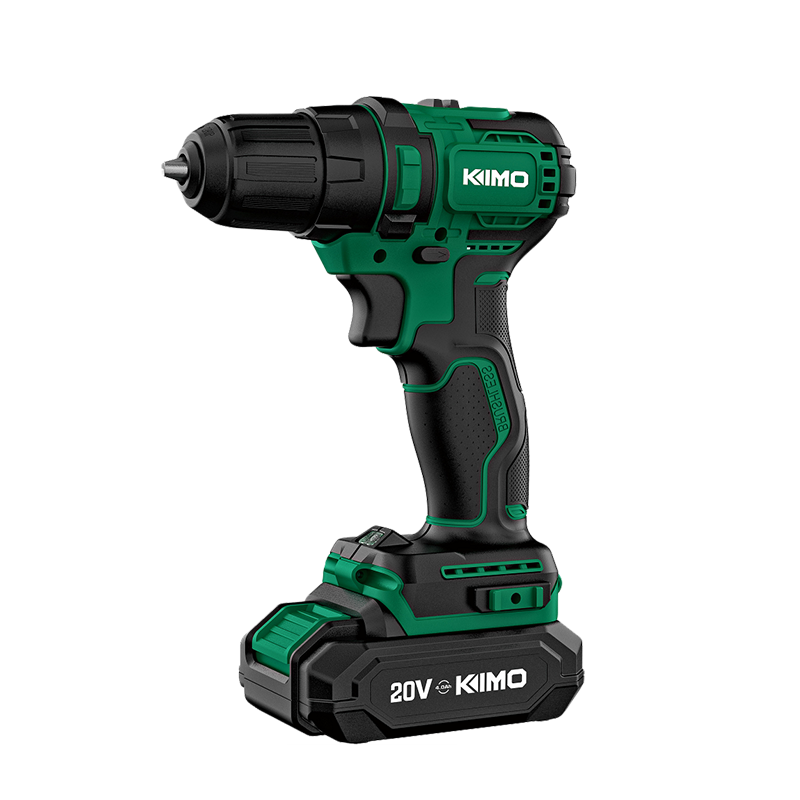
1. Brushless motor 2. Can be used for tile, wall, concrete
View More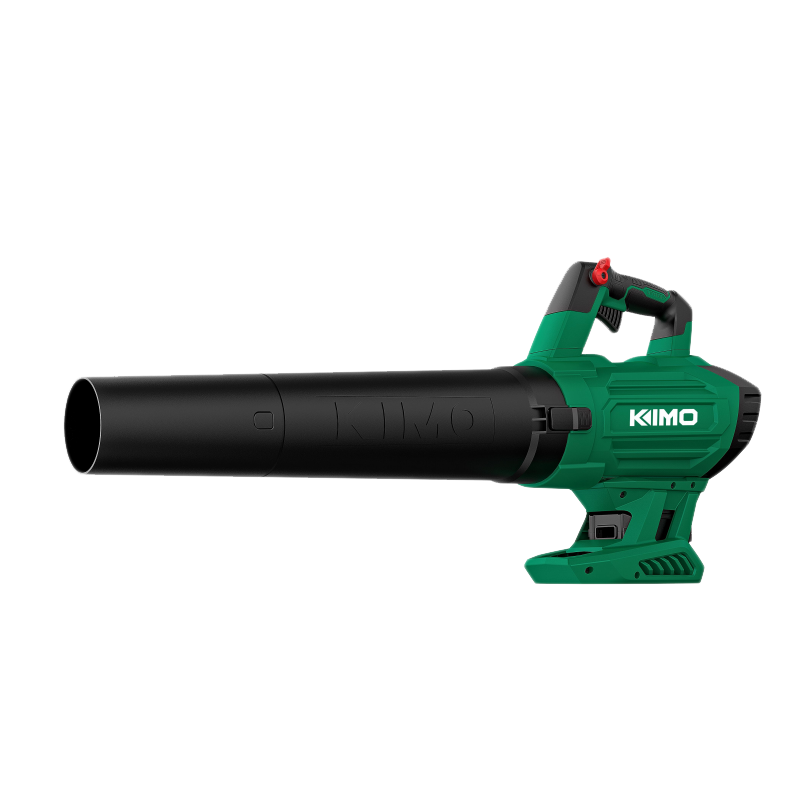
Lithium storm leaf blower: strong wind power. Application: leaf cleaning, industrial dusting, home d...
View More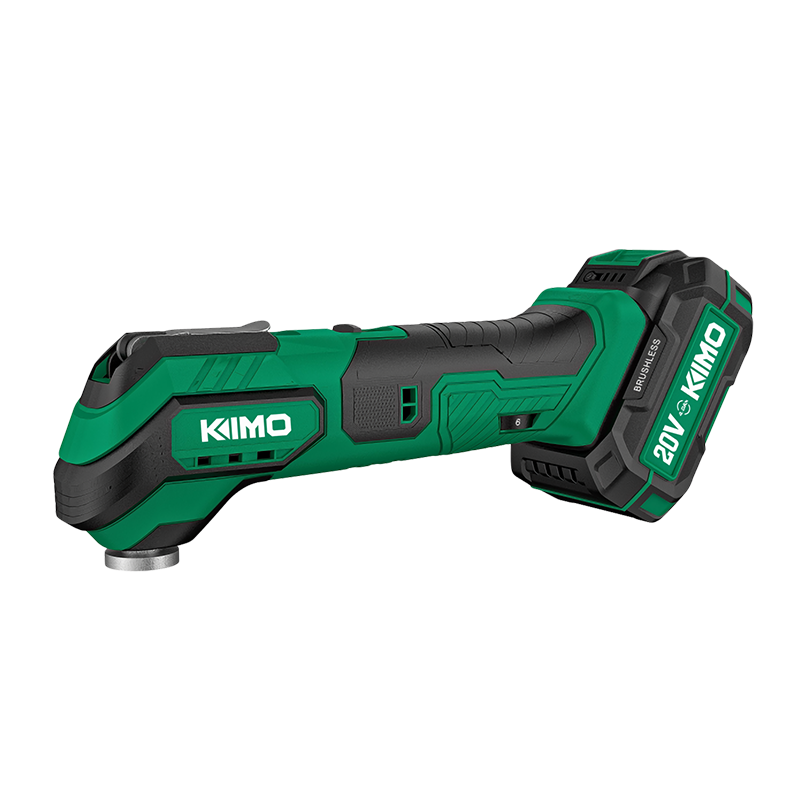
Can be equipped with a variety of accessories.Application: Sawing class Double break straight sa...
View More